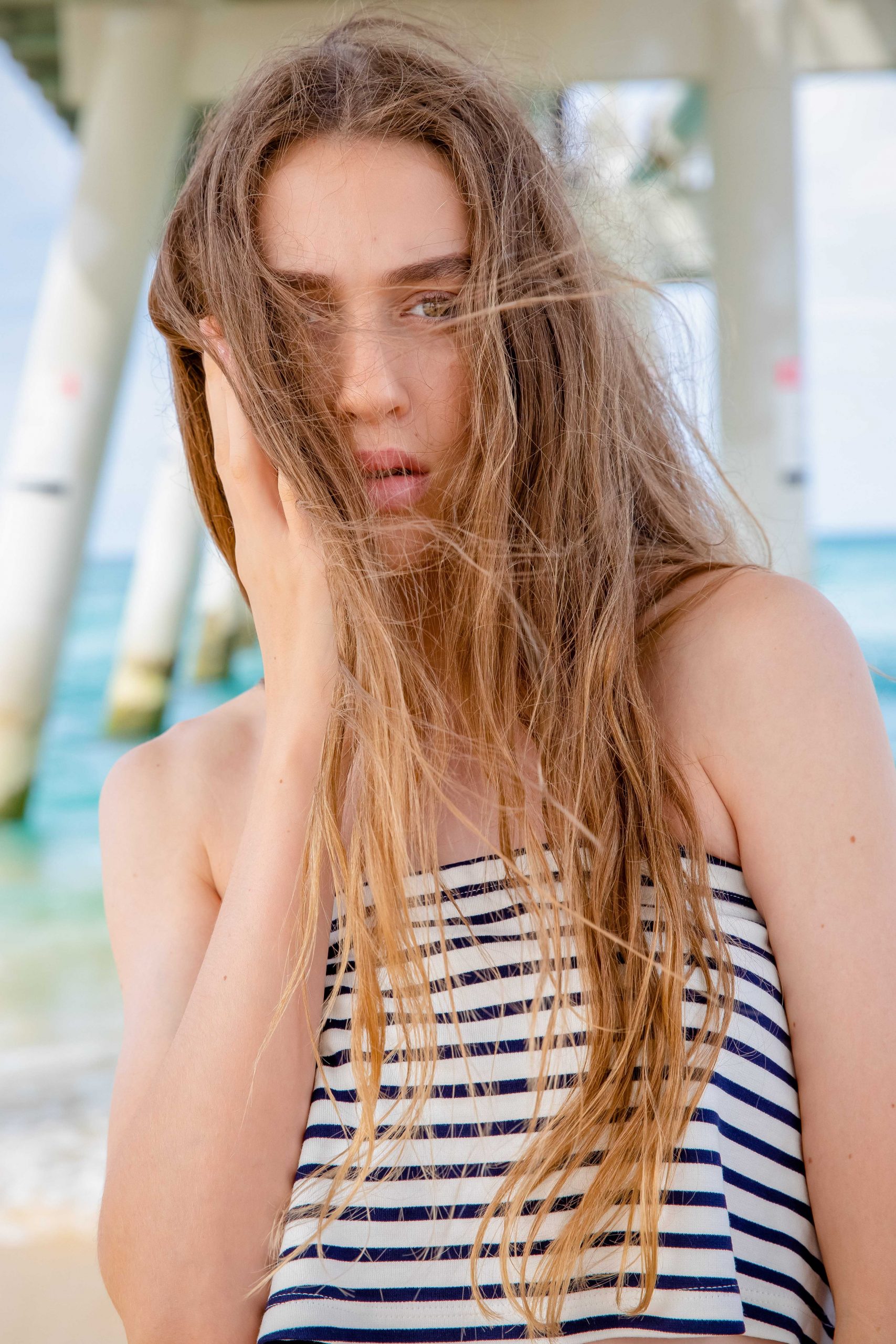The Newbie's Guide to Product Photography
If a picture deserves a thousand words, a spectacular product photo deserves a thousand site check outs. Although I do not have data to back up that declaration (yet), product photography can be very useful to your ecommerce internet site approach.
To reach your target market members who favor acquiring online, you additionally require to offer your audience clear, attractive pictures of your products.
Yet product photography isn't as straightforward as pointing and also firing. Even the most standard products need the appropriate equipment, lighting, and area to produce beautiful pictures that sell shoppers right from the purchase page.
6 Product Photography Tips ( as well as Examples) for Taking Photo That Offer
Below are the ideas, examples, as well as supplies you'll need to efficiently photograph as well as market your items in a way that makes your site visitors and also potential customers wish to convert.
1. Don't be afraid to utilize your smartphone's electronic camera.
This is the component where I'm expected to encourage you to buy a high-end, 50-megapixel (MP) video camera with a 100-millimeter screw-on lens. But I'm not mosting likely to do that.
If you currently have a electronic camera that fits this description, benefit from it. However, for lots of kinds of items, it's entirely acceptable to fire product photos on a mobile phone.

More recent smartphones boast effective cam lenses as well as settings that permit you to optimize your shots for the various kinds of light as well as settings you might shoot in.
If you require extra persuading, just check out Apple's Shot On An apple iphone campaign and the pictures that have actually resulted from it over the years such as this set:
2. Shoot from a tripod for photo consistency.
Before discussing tripods, I'm obliged to begin with a principal regulation: Do not prop your phone versus something strong to intend your lens towards the topic.
It's just as well simple for this makeshift arrangement to glide around throughout the shoot and cause disparities in your pictures' look. If you rest your cam on, claim, a pile of books, simply make sure this plan doesn't transform over the course of the shoot.
There's no harm in holding your cam yourself when shooting simply a few product photos for your ecommerce website. However as your company grows, and you take a lot more images of even more products, it can be tough to systematize the product's orientation in each photo when shooting portable.
To make certain consistency across your products, you'll require a tripod. And also thankfully, buying one isn't always the huge, industrial-sized financial investment it used to be.
Here are 2 types of tripods to think about.
Typical vs. Versatile

This is a tradition tripod-- there are traditional tripods available for both cameras and mobile phones.
A versatile tripod can be manipulated in a variety of methods. You can bend its legs and also put it on different surface areas to get the angle you need.
Mobile Grasp
There's often a screw on the top of your tripod which connects to your cam to hold it in place. The underside of most professional-grade cameras has a screw hole just for this function, yet mobile phones can use the complying with adapter:
The adapter grasps the sides of your smart device as well as can screw into either type of tripod, enabling you to run the cam manages with the phone display encountering exterior and towards you.
When you figure out which install you'll require, establish it up before your product, as well as consider placing 3 items of tape on the ground to mark where you want to keep each leg of your tripod over the course of the shoot.

3. Choose natural light or fabricated light.
Never ever undervalue just how certain types of light can improve (or prevent) your product photography. Keep in mind, customers get the best take a look at an thing face to face, where they can see every little thing they need to before acquiring. The best lights arrangement aids you expose those crucial decision-making product functions when all website site visitors have to go on is a photo.
A solitary illumination arrangement may not help every product-- a lights arrangement that works for some items may deteriorate the appearance of others.
There are 2 types of light you can choose as your primary light: all-natural and also artificial light.
All-natural Light
Natural light refers to sunshine-- straightforward as that. It's also called "soft light" due to the fact that the sun casts a larger, softer series of light than, claim, a light radiating straight on the product. Ecommerce product shots flourish in natural light if:
The product is shot outside or indicated to be made use of outside.
The product is made use of by, endured, or shot with a individual ( individuals have a tendency to look far better in natural light).
You're trying to stress the product's environments, rather than details features of the product.
Here's an instance of a shot utilizing natural light:
Artificial Light
Synthetic light consists of candle lights, fire, and much more commonly, light bulbs. It's also described as " difficult light" due to the fact that it produces a smaller sized yet much more concentrated light surface area. This sort of light accommodates products with physical information that require to be highlighted to thrill an on-line buyer.
As a basic rule, adhere to simply one sort of light per photo-- all-natural or artificial. Adding natural light to an artificially lit photo can soften a product that's suggested to festinate, and including synthetic light to a normally lit photo can hone a product that's implied to look soft. You don't want to get in your own means.
4. Load or bounce your light to soften darkness.
Whether you use natural light or artificial light, you'll need to minimize the darkness that any kind of possible hard light casts on the opposite end of a product.
There are three methods to do this:
Fill Light
Include one more, less-intense light source to supplement your main light. This extra light is called your fill light as well as is made use of as a counterbalance to soften the all-natural shadow your main light generates behind an item.
To do this, place your fill light opposite your primary light so your product sits in between both light sources.
Flashbulb Bounce Card
A bounce card, or reflector card, is a small card that " shows" or "bounces" the main light back onto the surface under your product to reduce darkness.
Some bounce cards attach to the flashbulb of a specialist video camera lens to diffuse the light from the video camera's flash. This card splashes a softer light onto the topic from over your set-- instead of right at it-- so you don't have long shadows trail behind the item you're shooting.
Standalone Bounce Card
If you're shooting from a smartphone, a flashbulb bounce card isn't an alternative, because you do not have a physical flash you can connect it to. Rather, make your own standalone bounce card placed contrary your major source of light.
For beginners to product photography, this bounce card can properly change your fill light, which counters the difficult light from the camera flash or light that's facing toward the front of your product.
5. Use a sweep or picture mode to emphasize the product.
There isn't one ideal means to place your product, lights, as well as jump cards-- they can alter substantially depending upon your background. Yet don't choose a background product photography flat lay based on what's easiest to create. Backgrounds must appear like how you desire your customers to view your product when seeing it online.
Think about first whether you 'd like a white background or a extra vibrant, real-world background. There's an very easy way to accomplish every one.
White History: Move
For white histories, it's not as simple as establishing a table against white drywall. Also smartphone cams can pick up little imperfections on a white wall surface that you would not notice with the nude eye. To catch a perfect white history without edges or blemishes, use a sweep.
A move is a large flexible sheet of paper, whose lower function as the surface beneath your product and then curves up right into a white wall behind the product.
On video camera, the move's contour is undetectable, highlighting key product details as well as allowing the item to have all of a site site visitor's attention.
Real-World Background: Portrait Mode
Dynamic, real-world histories are really attractive when capturing items that have a specific usage or are being modeled by a individual-- as you saw aware of the brief-case previously in this guide.
However, it's very easy for a real-world background to swipe the focus of the photo, making it uncertain which product in the photo you're really offering.
Give your product deepness and emphasis with portrait setting, a picture setup on many specialist electronic cameras, as well as additionally readily available on many brand-new smart devices. This setup obscures the background so the context of the product is clear however not contending against the product itself.
Below is a incredibly outstanding photo of a HubSpot pen absorbed picture setting on a Google Pixel 2 (I took this picture myself). You can tell the pen rests on a workdesk with a computer system behind it, but the pen is still the centerpiece for customers:
6. Fire a range of photos.
My last ecommerce photography tip to you is to not stop at one photo per product. Equally as your clients look, hold, use, as well as even try out goods in a store, your website should fire a selection of pictures to imitate this really experience.
If you're shooting garments, for instance, capture the garment of clothes alone-- that is, spread out on a white surface area-- as well as on a mannequin whose color contrasts the color of the product.
Then, for extra pictures, have the garments modeled on a person, enabling you to take images of the product from the individual's various presents and also angles.
Product Photography Set-Up
Next off, allow's summarize what we just got-- right here's a list of fast product photography set up tips that you can describe and share on your group:
• Decide on a camera-- whether or not that indicates utilizing your smart device.
• Get a tripod that works for your electronic camera of option.
• Choose natural or synthetic lights-- think about which choice is best for your product and also environment.
• Determine whether you'll fill up or bounce light.
• Select sweep or portrait setting.
• Take a number of different photos to supply your customers range.
Start With Your Product Photography
Don't feel required to buy every suggestion and tool at once. Use these product photography tips gradually to see what makes your store look the most presentable, as well as transform your approach as your photography chops improve.